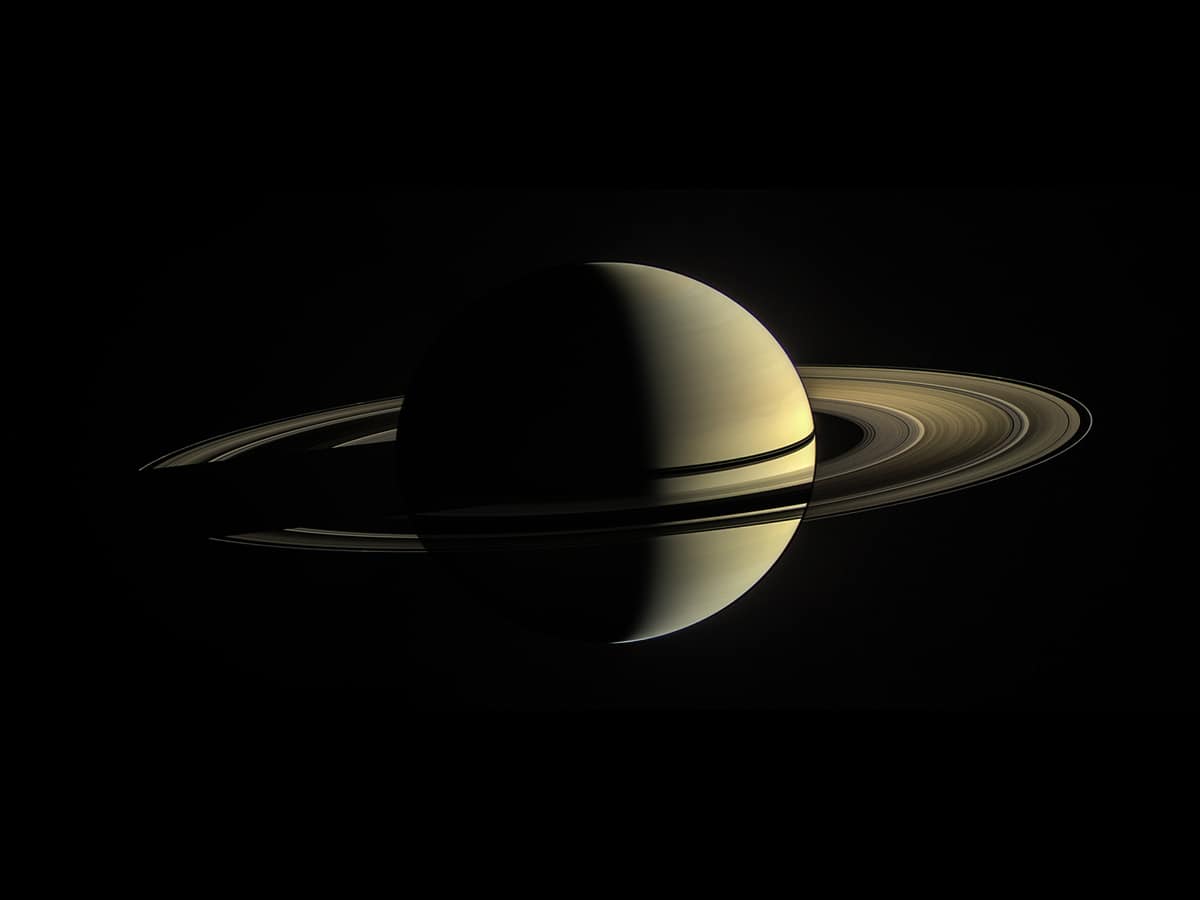
Washington: Saturn’s rings are both young and ephemeral, which means that it may not be long when the beautiful rings may not be there, NASA scientists confirmed in three studies.
The research by scientists at NASA’s Ames Research Center in California’s Silicon Valley examined data from NASA’s Cassini mission.
They looked at the mass of Saturn’s rings, their “purity”, how quickly incoming debris is added, and how that influences the way the rings change over time. The Cassini mission discovered that the rings are losing mass quickly, as material from the innermost regions falls into the planet.
The rings are almost entirely pure ice. Less than a few percent of their mass is non-icy “pollution” coming from micrometeoroids, such as asteroid fragments smaller than a grain of sand. These constantly collide with the ring particles and contribute debris to the material circling the planet.
The rings’ age has been hard to pin down because scientists hadn’t yet quantified this bombardment in order to calculate how long it must have been going on.
“The idea that the iconic main rings of Saturn might be a recent feature of our solar system has been controversial,” said Jeff Cuzzi, a researcher at Ames and co-author, adding “but our new results complete a trifecta of Cassini measurements that make this finding hard to avoid”.
By calculating what all that jostling of particles means for their eventual disappearance into the planet, the researchers arrive at some tough news for Saturn: it may lose its rings in the next few hundred million years.
“I think these results are telling us that constant bombardment by all this foreign debris not only pollutes planetary rings, it should also whittle them down over time,” said Paul Estrada, a researcher at Ames and co-author of all three studies.
“Maybe Uranus’ and Neptune’s diminutive and dark rings are the result of that process. Saturn’s rings being comparatively hefty and icy, then, is an indication of their youth.”
